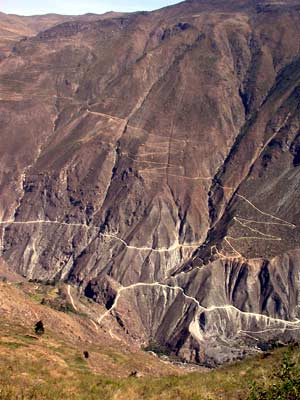Join Devorah Bennu a.k.a GrrlScientist in Manu
It is a great pleasure to me to announce that Devorah Bennu – GrrlScientist will help out promoting the Amarakaeri Communal Reserve, which essentially is a protected area in continuation to Manu National Park on the other side of the river. Last week I posted updates about our strategy inviting prominent bird and nature bloggers to promote community sustainable ecotourism and act as hosts for a series of special monthly blogger departures until the end of 2010. The first trip with Devorah is coming up very soon as it is scheduled for Dec 6 (new date) so the takers can join a Satipo road trip prior to the immersion in the Amazon lowland. Read the detailed Manu itinerary.
Some bio from her Grrl Scientist’s blog.
GrrlScientist is an evolutionary biologist, ornithologist, aviculturist, birder and freelance science and nature writer. A native of the Pacific Northwest, she relocated from Seattle to NYC with her parrots after earning a BS in Microbiology (emphasis in Virology) and PhD in Zoology (Ornithology) from the University of Washington. In NYC, she was the Chapman Postdoctoral Fellow at the American Museum of Natural History for two years, pursuing part of her “dream” research project by reconstructing a molecular phylogeny of the parrots of the South Pacific islands and published in SCIENCE (September 2009) and NATURE (August 2009. GrrlScientist has written a blog about science since 4 August 2004. That she has a profound interest in birds is shown by her frequent column called Birds in the News. Living the Scientific Life (Scientist, Interrupted) by GrrlScientist, is one of the most popular Natural History blocks on the net with several thousand hits daily.
The interview
Q. Who is GrrlScientst?
GrrlScientist is a lifelong student of nature and birds are my first, and best, teachers. For that reason, I’ve dedicated my life to learning everything I can learn about them. Birds inspire me to learn more about the world and for that reason, they motivate me to strive to be better than I am. Ever since I watched a large group of Waxwings perched on a fence on a cold and snowy January morning, carefully passing a bright red berry from one bird to the next, I’ve been fascinated by birds; their beauty, their behaviors and their ability to survive seemingly impossible circumstances.
Why do they do what they do?
How do they know where (and when) to go when they migrate?
Why are there different species in different parts of the world?
Do they perceive the world the same way that humans do?
How do birds communicate with each other?
Q. Tell me about your love of parrots?
Parrots have been my companions and my family for most of my life, so I have a strong emotional connection to them. But beyond that, I view parrots as ambassadors. They help people to understand birds, especially people who might never have looked at a bird as anything other than buffalo wings or an annoyance. Parrots — gaudy, outgoing and personable — are the one group of birds that people from all walks of life are most likely to recognize and are most often impressed by. As a result, parrots provide people with a window into the lives of birds and in doing so, they help sensitize people to all birds, they help us learn to appreciate the lives of birds and they teach us the value of protecting and preserving birds and their habitats so future generations can discover the same joys that we experience through them.
Q. What makes you a great host for the first blogger’s Manu community lodges?
I am a great host for the Manu community lodges birding expedition because of my enthusiasm, knowledge and desire to learn. I love new experiences, and birding provides that rare combination of connecting with a small group of my fellow explorers, learning more about the birdlife in a particular area of the world, and sharing the wonder and beauty of that with others through my words, photographs and other media. Because I have been writing the popular science blog, Living the Scientific Life (Scientist, Interrupted), for more than 5 years, I have a well established platform where I can publish these articles, essays, photoessays and other media where the public can follow everyone’s adventures for free
Q: The communities have difficulties getting started with eco’tourism in spite of lodges be donated to them. How do you think this initiative with a birdwatching outfitter inviting bloggers can make a difference?
I really don’t know how to respond to this because I am not familiar with this situation. However, once I am there, I am certain I’ll learn more how the local communities can make eco-tourism work better for them and my blog can serve as a conduit for information exchange to this end between my readers and the local communities.
Devorah recently aspired an official blogging status for an Antarctica cruise by Quark Expeditions. The fact that she came in 3rd among 708 bloggers with over 2200 votes shows how extremely fortunate we are to have Devorah Bennu as our first official Manu blogger .
Once again, sign up NOW for a trip to the Manu area with Devorah Blennu and expert local guides from Kolibri Expeditions. Your participation will do a lot of good for the community and their efforts to conserve a piece of the Amazon and find a sustainable way of living that respects their mindset and traditions through true eco-tourism.
Oct 23


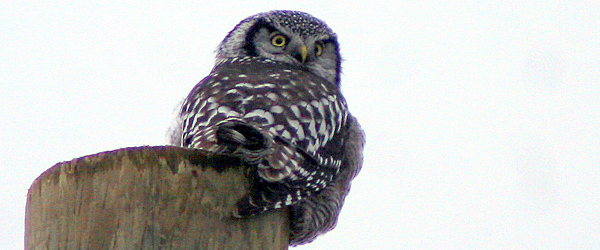
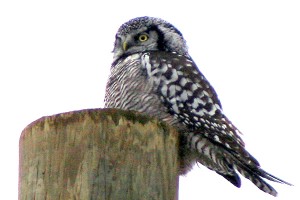

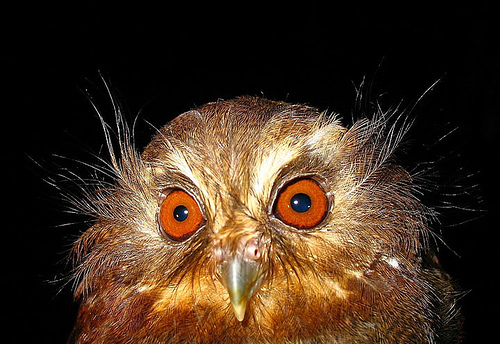
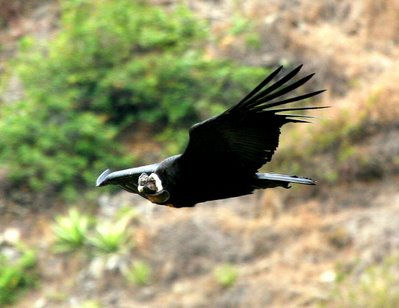


 That this area has very good wildlife is indicated by the finding on our excursion of this cat. It is a Pampas Cat Leopardus pajeros. (Thanks to Javier Barrio and Eduardo Ormaeche for pointing in the right direction to its identity.)
That this area has very good wildlife is indicated by the finding on our excursion of this cat. It is a Pampas Cat Leopardus pajeros. (Thanks to Javier Barrio and Eduardo Ormaeche for pointing in the right direction to its identity.)

